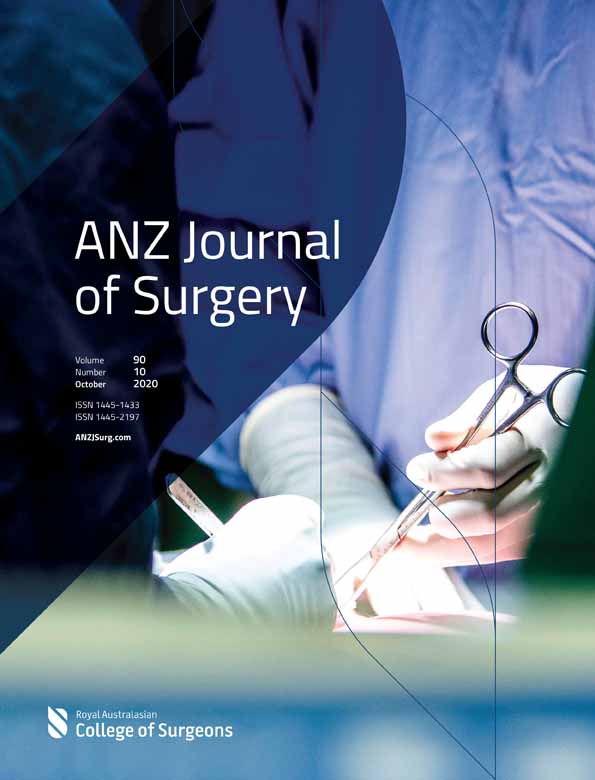Delivery of surgical care in Samoa: perspectives on capacity, barriers and opportunities by local providers
Abstract
Background
The Pacific Island nation of Samoa faces a number of challenges in delivering surgical care. Our group aimed to identify the barriers and opportunities to improving the delivery of safe, affordable, timely surgical care in Samoa.
Methods
A mixed-methods approach was undertaken. The quantitative analysis used a modified version of the World Health Organization Emergency and Essential Surgical Checklist while the qualitative methodology used semi-structured interviews. Respondents were asked to share their views on the capacity, quality, accessibility and future directions of surgery in Samoa. Interviews were transcribed and analysed using open and axial coding techniques.
Results
Stakeholders had a positive outlook on the delivery of surgical care, but it was suggested that existing services were not meeting needs. Respondents cited limited access to equipment and resources, compounded by insufficient organizational and logistical infrastructure. Shortage of medical staff and retention was identified as a key issue. Shortcomings in primary care and poor health literacy were seen as significant barriers to accessing care.
Conclusion
Documenting locally identified barriers and solutions to surgical care in Samoa is an important first step towards the development of formal strategies for improving surgical services nationally.
Conflicts of interest
None declared.




